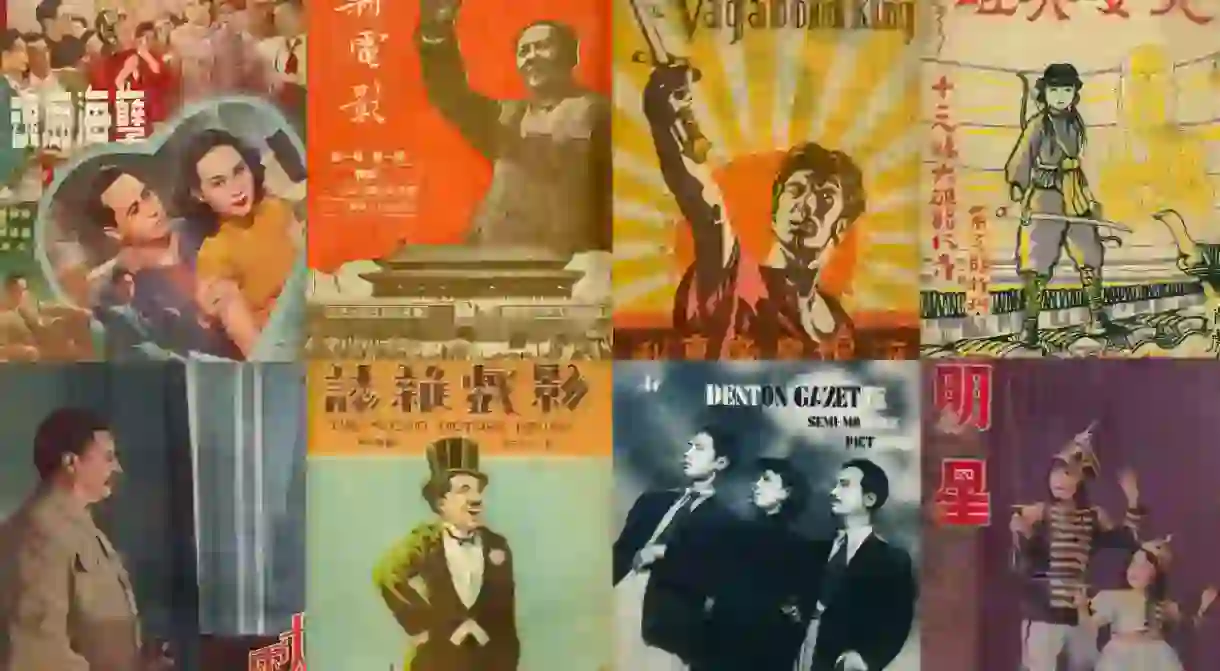Explore the Golden Age of Chinese Cinema Through These Movie Magazines

Chinese Movie Magazines 1921-1951: From Charlie Chaplin to Chairman Mao is a new photo book that captures the glamour of Chinese cinema, offering a rare insight into popular culture during the golden ages of Shanghai and Hollywood.
“When I started collecting old Chinese movie magazines over 30 years ago, it was both a labor of love and a matter of necessity,” says collector Paul Fonoroff. “As a grad student researching Chinese cinema in Beijing in the early 1980s, I quickly discovered that magazines dated before the Communist victory of 1949 were ‘off-limits’ to foreign students.” Now, however, his prints form the basis of the new photo book.

The collection of magazines Fonoroff has assembled highlights how global megastars of the time, such as Charlie Chaplin, would feature alongside local celebrities such as “movie empress” Butterfly Wu – the star of the first movie containing spoken Chinese dialogue – and Hu Rongrong, who was known as the Chinese Shirley Temple.

Putting together such a collection wasn’t easy. “I began searching the second-hand bookstores and flea market stalls, not only in Beijing and Shanghai but also such far-flung locales as Bangkok, Penang, and Singapore, where Chinese-language cinema had a huge overseas ethnically Chinese audience who were also fans of movie magazines in their native tongue,” Fonoroff reveals.
You might also like: 10 Films to See Before Visiting Shanghai
His collection – which includes more than 500 full-colour covers, many of which aren’t even available in Chinese archives – grew to include thousands of issues of entertainment publications such as original magazines of the 1920s, souvenir booklets, movie newspapers, theatre pamphlets and much more.
“Together, they presented a portrait of the era’s entertainment press that doubled as a window into the film industries of both China and the then British colony of Hong Kong, also a major filmmaking centre,” Fonoroff explains.

The magazines “serve as a guide to the nation’s cinema during its formative decades, from silent pictures through the talkie revolution and concluding with the Communist Revolution.”
Chinese Movie Magazines 1921 -1951: From Charlie Chaplin to Chairman Mao is released in hardback on 13 September













